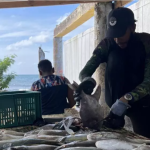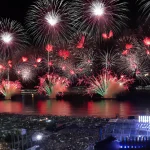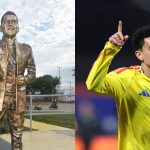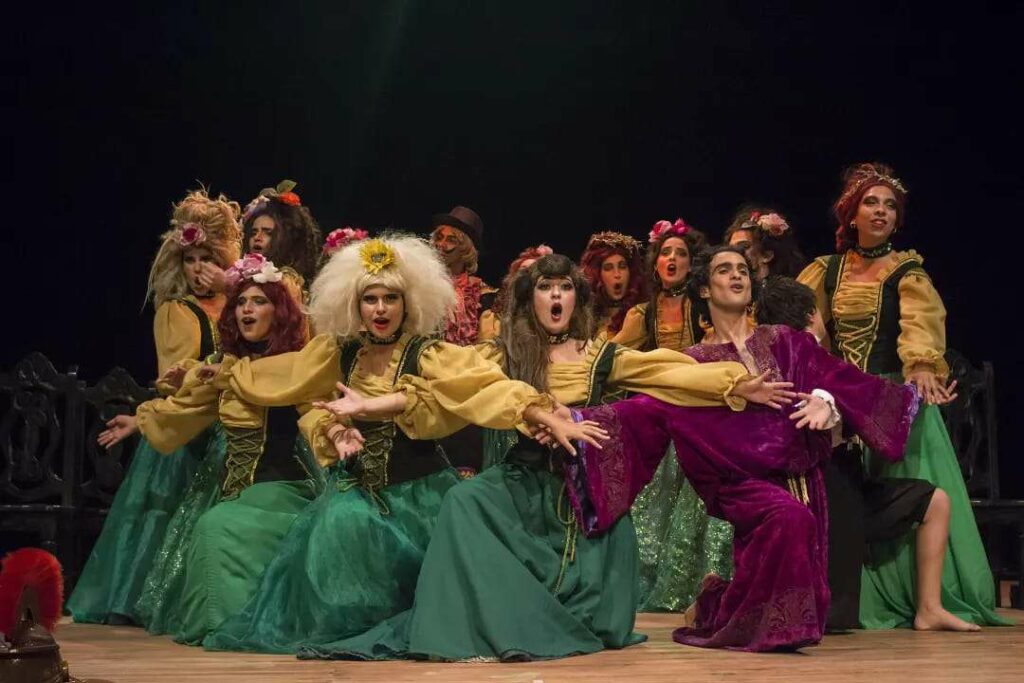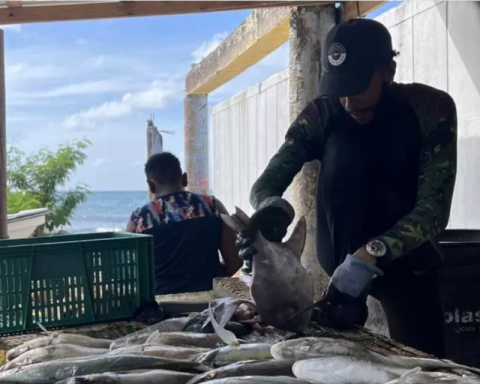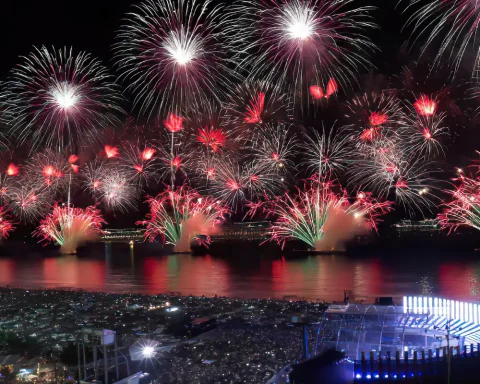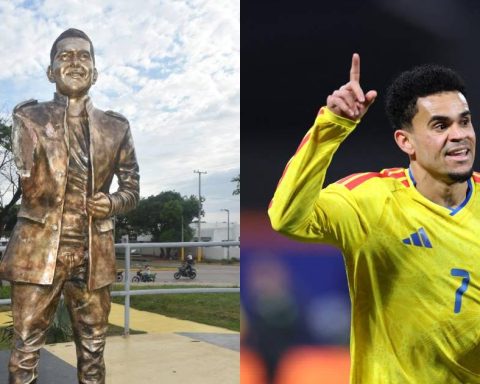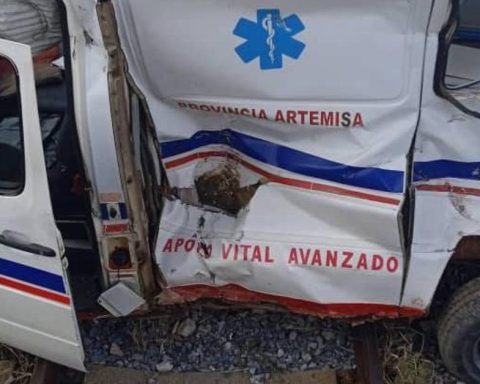April 19, 2018 dawned sunny and everything was going normally, the blows of the hammer did not stop in the shoe workshops, while the wood was cut for some crafts, the traffic was heavy as every day, the fried foods were just beginning to cooked in the indigenous neighborhood of Monimbó. No one suspected that a pressure cooker was about to explode.
For that day, the Association of Retirees of Masaya had called for a march that would leave Central Park towards the departmental delegation of the Nicaraguan Social Security Institute (INSS) but Ortega had taken over, with the support of the Sandinista mayor’s office. They agreed to the riot takeover, while garbage collection carts were placed at the main intersections to prevent any march.
However, the self-summoned met inside the Minor Basilica of the Assumption, located on the perimeter of that same park. That was the first clash with the Sandinistas, mobs and officials of the Mayor’s Office of Masaya, commanded by the late Ortega mayor Orlando Noguera. The attackers tried to get the people out of the temple, but could not.
Related news: Photojournalists expose sequence of the 2018 repression in Nicaragua
“Then we decided to go out by part and meet on the street that goes to the handicrafts market, and that’s how we managed to get out through the main streets of Masaya, we no longer went to the INSS, because more riot police arrived and closed the exit to the city, but we managed to march around the city, despite the harassment,” recalled an opponent who only asks to be identified as “Juan.”
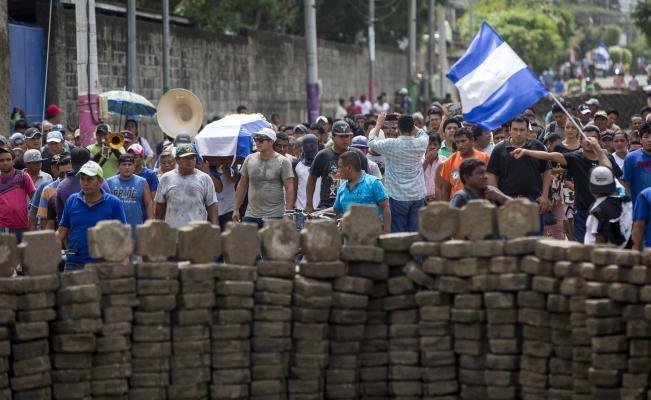
The first provocation against Monimbó
At the end of the march, around eleven in the morning, near the Central Park, when everyone was going home, the Ortega mobs began to attack the retirees and other marchers with stones and mortars.
The attacked had no other option than to take refuge in Monimbó, so some inhabitants of this neighborhood came out in defense of the demonstrators and the confrontation began.
At noon, “the giant woke up”. The riot police and mobs were withdrawn at the point of stones to La Placita. In Monimbó, the first roadblock in Nicaragua was erected, which was known as the barricade of the cailaguain the corner of the famous “commander”.
“While some well-known Sandinistas from Masaya distributed mortars, supported by the bombs of the anti-riot police, we also looked for mortars and began “el vergueo”, in the afternoon, we had already withdrawn the entire repressive apparatus of the Ortega dictatorship until the end. Central Park, that is, we took them from Monimbó. That day the first crippled brothers were registered because the police, unable to withdraw us, used lead bullets, shot to kill», recounted John.
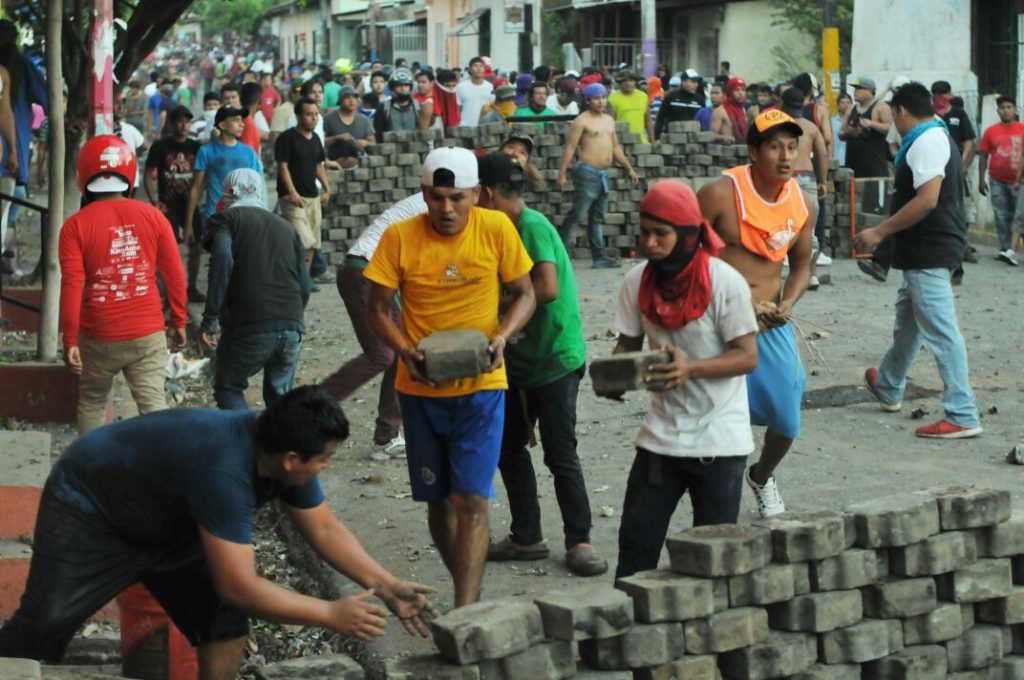
Starting at three in the afternoon, until late at night, more barricades were erected in the different neighborhoods. The first injuries from bullets and pellets were also reported. At night, the population began to distribute a steaming coffee with bread, while the young people remained guarding the barricades, because the scuffle calmed down at times.
Masaya gets up and pays with the dead
The pitched battle continued until April 20. The population of Masaya completely rose up, so much so that it overwhelmed the police, while Sandinista sympathizers were nowhere to be seen. They all went home. They were terrified. Only police officers contained the population with tear gas and bullets.
Jairo Hernandez, who worked in a maquila in Masaya, a resident of the 26 de febrero neighborhood of this city, decided to join the fight, but his participation did not last long because while he was near the handicrafts market, he was hit by a bullet in the head. head. As they could, they transferred him to the city hospital, but he died at night.
then they fell abraham amadorof Villa Bosco Monge, and Alvaro Gomez, from Monimbo. The town rose up and now, five years later, they continue to demand justice for their dead. Monimbó was the last bastion to fall, it never surrendered, after three months of bloody confrontations that left dozens dead, maimed and imprisoned, as well as thousands of exiles from Masaya.
By United Voices






